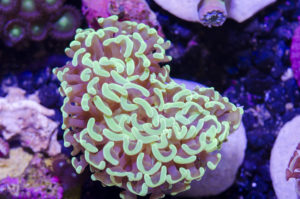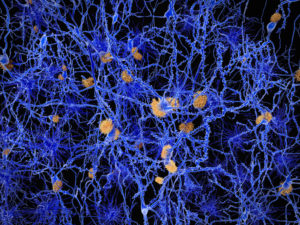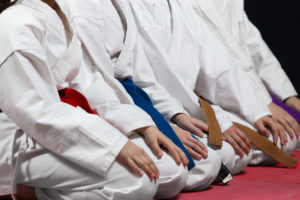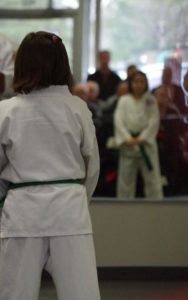Say the words “climate change” in a room full of people and you are bound to inspire some passion in the response—and very likely start an argument. There is no question that emotions and opinions run high whenever this topic is introduced. Most often the debate centers around who or what might be causing changes in the earth’s climate and what should be done about it. So for the sake of everyone’s blood pressure, I want to set some expectations around this blog.
This is not a blog about the causes of climate change. I am not going to talk about who or what might be causing it, nor am I going to discuss ways the changes could be stopped, slowed down or altered.
 The earth’s climate has warmed and cooled before. Looking at ice-core and geological records, we know that the earth has been much warmer than it is now, and we know that it has been much colder. Climate is dynamic, there are always fluctuations in temperature and moisture from year to year and decade to decade. Some of these fluctuations become trends where the changes consistently track in one direction, and some are anomalies, with more extreme climate conditions and less predictable patterns. Plant and animal populations are unquestionably affected by both the year-to-year fluctuations and the long-term trends. In this blog I am going to talk about two rather dramatic examples of the effects climate change. One example looks at the impact of warming global temperatures over time on the breeding populations of green sea turtles. The other is an example of the devastating results of one warm, remarkably humid, spring on the calving aggregations of the saiga antelope.
The earth’s climate has warmed and cooled before. Looking at ice-core and geological records, we know that the earth has been much warmer than it is now, and we know that it has been much colder. Climate is dynamic, there are always fluctuations in temperature and moisture from year to year and decade to decade. Some of these fluctuations become trends where the changes consistently track in one direction, and some are anomalies, with more extreme climate conditions and less predictable patterns. Plant and animal populations are unquestionably affected by both the year-to-year fluctuations and the long-term trends. In this blog I am going to talk about two rather dramatic examples of the effects climate change. One example looks at the impact of warming global temperatures over time on the breeding populations of green sea turtles. The other is an example of the devastating results of one warm, remarkably humid, spring on the calving aggregations of the saiga antelope.
Continue reading “Feminization and Mass Die Offs: The Effects of Climate Change”
 Every year around the beginning of December, a magical transformation begins in Promega offices in Madison and around the world. In Madison, even as our own Promega cookie elf is busily baking the last of her Holiday treats, employees are donning their own elf hats and bedecking our halls and cubes with their own form of Holiday magic.
Every year around the beginning of December, a magical transformation begins in Promega offices in Madison and around the world. In Madison, even as our own Promega cookie elf is busily baking the last of her Holiday treats, employees are donning their own elf hats and bedecking our halls and cubes with their own form of Holiday magic.








 Martial Arts Improves Physical and Cognitive Performance in Youth
Martial Arts Improves Physical and Cognitive Performance in Youth